Submission Deadline
28 February 2028
Judging
Date
23 & 24 March 2026
Winners Announcement
22 April 2026
28 February 2028
23 & 24 March 2026
22 April 2026
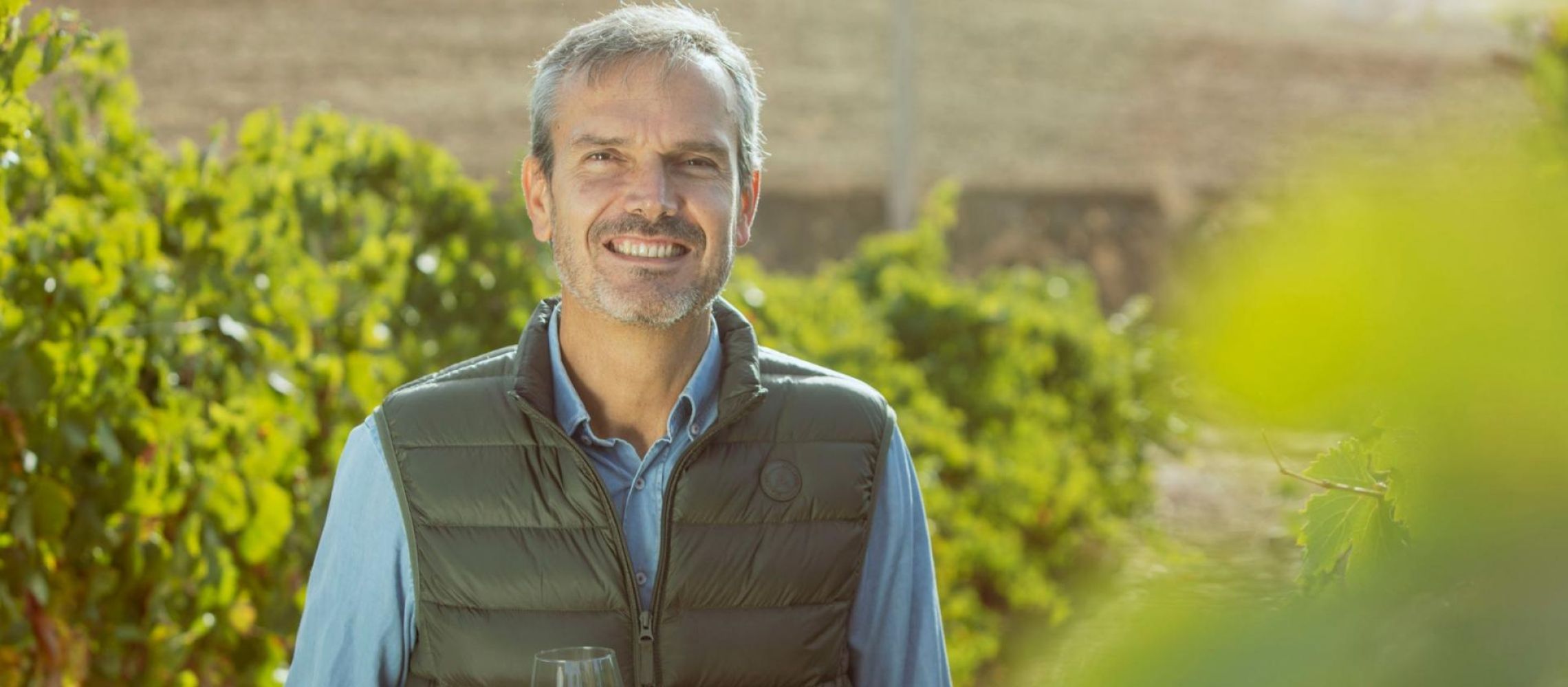
In the heart of Spain's Castilian plains lies the Rueda wine region, a bastion of exceptional white wines, particularly the versatile Verdejo grape. Santiago Mora, the Director General of DO Rueda, has been instrumental in redefining the region’s winemaking narrative. Under his stewardship, Rueda has embarked on an ambitious journey to elevate its wines' profile, emphasizing their diversity, aging potential, and the remarkable heritage of its vineyards. In an exclusive interview, Santiago Mora shares his insights and strategies that are poised to reshape the global perception of Rueda wines.
Our best speaker to communicate this message is the voice of the most relevant figures worldwide in the world of wine. The prestigious Catalan sommelier, Ferrán Centelles has stated that “the Verdejo in Rueda, in addition to offering jovial and fruity wines, can be elaborate with the intention of aging and be surprising. It is a variety with aging potential whose results give amazing wines,” to the Master of Wine, Tim Atkin. After visiting the area, Tim said, “My trip to Rueda was a discovery. I didn't realize that Verdejo was such an excellent variety, nor that it was capable of producing wines that age well for a decade or more.”

Image: RUEDA is the favorite designation of origin of consumers who demand quality white wine.
Other recent praise for the aging ability of the Verdejo grape has come from writers such as Jancis Robinson (Master of Wine) and magazines such as Decanter, Vinous, and Wine Enthusiast.
From the D.O. Rueda, we have managed to profile a new profile of white wine consumer who is committed to the excellent quality of our wines and who, in addition, is increasingly more demanding, since for some time they have been demanding a white wine at the level of haute cuisine. With Gran Vino de Rueda we respond to that demand and provide added value to that consumer, demonstrating the extraordinary versatility and aging capacity of our native grape, the Verdejo grape, and the importance of our old vineyards, which are our legacy. They play a fundamental role in our history.
Likewise, Gran Vino de Rueda responds to the creativity and innovation that many of our winemakers have been carrying out for a long time. Each winery has the freedom of production to give the Gran Vino de Rueda its personality, always taking into account the requirements that this wine must have: remain in the winery for 12 months, come from vineyards that are more than 30 years old, have a maximum yield of 6,500kg/ha and a transformation from kilos to litters of 65%.
We already have three vintages of Gran Vino de Rueda on the market (2020, 2021, and 2022), and at the end of this year, the GVRs of the 2023 vintage will begin to be qualified.
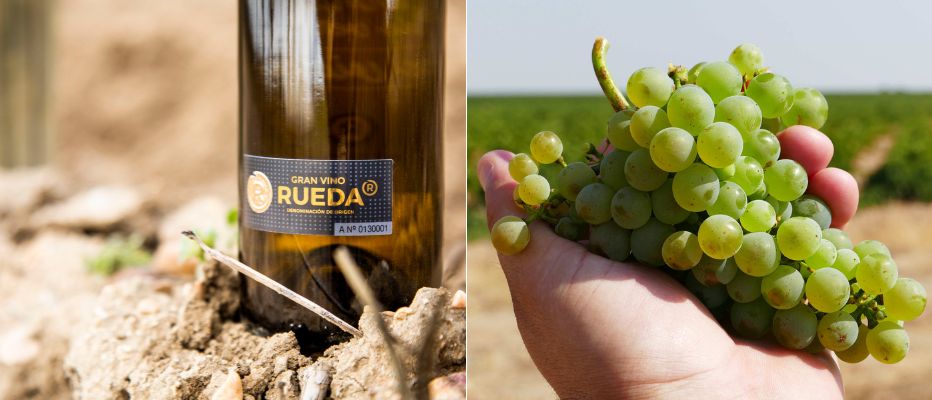
Image: One of the most important innovations for D.O. Rueda is the launch of 'Gran Vino de Rueda' a new category that is made possible by the highest-quality grapes.
The Rueda Denomination of Origin is synonymous with quality, excellence, and versatility. For many years now, our wineries have been making wines using techniques such as fermentation on lees, the use of wooden barrels, concrete barrels, and clay jars. This gives rise to wines with high complexity, aging wines, that demonstrate the capacity of the wines made with the Verdejo grape of the D.O. Rueda to last over time.
The pre-phylloxera vineyards of the D.O. Rueda are a treasure that we must take care of and preserve and winegrowers know that they will always have our full support to make this happen. For example, Gran Vino de Rueda, our black label, comes from this type of vineyard. At the national and international promotion level, we are very focused on making this new category of wine known and making it fit into the consumer's mind as the first option to complement their gastronomic forays.
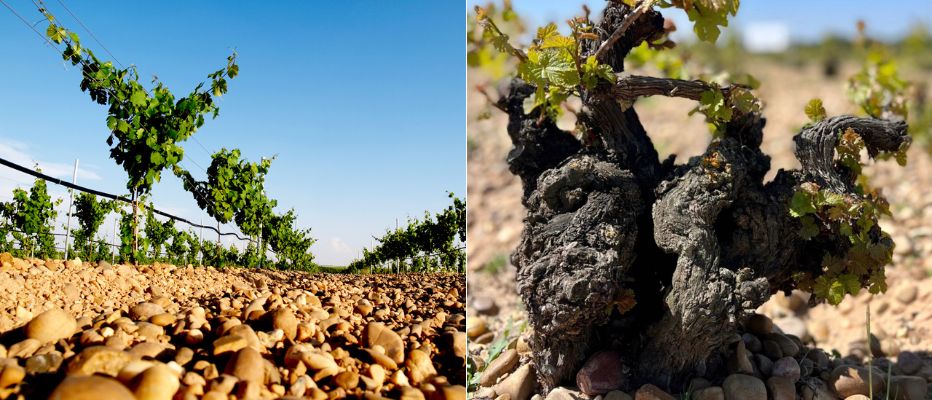
Image: The gravelly soil characterizes the vineyards of the DO Rueda.
The vast majority of wineries belonging to the D.O. Rueda produce within its brands' wine with organic, ecological, or vegan certification, which implies the use of sustainable practices. In addition, we have a winery that has a biodynamic vineyard, where the fertilization additives for wine production are of mineral and vegetable origin, which uses the astronomical calendar to govern the phases of the vine. Without a doubt, sustainability is an issue that concerns us and that will increasingly influence the entire wine cycle.
In the D.O. Rueda, we are specialists in white wine and that is where we have to focus. Although it is true that there are red wines, we do not promote them because we are located between Ribera del Duero and Toro, two wine designations of origin specializing in red wine.
Of course, the red wine that comes out of our wineries, with our back label, is of high quality, just like the sparkling wine. In the latter case, it is a type of wine that is very popular in this area, but it is still very local, and focusing on its promotion would not be very profitable.
Thanks to our back labels, which certify the quality, origin, and traceability of our wines; and are presented in different colors depending on the category (still, sparkling, fortified wine, and Gran Vino de Rueda in whites), the consumer recognizes at a glance that the wine they are drinking is from the D.O. Rueda. Added to this is our unmistakable logo, an emblem of our brand image that is already installed in the common imagination of all white wine consumers.
Mainly, seeing how the work of our partners (vinegrowers and wineries) and their effort to demonstrate the quality and versatility of our wines increasingly generates more expectation and focus from the main specialists in the world of wine around the world.
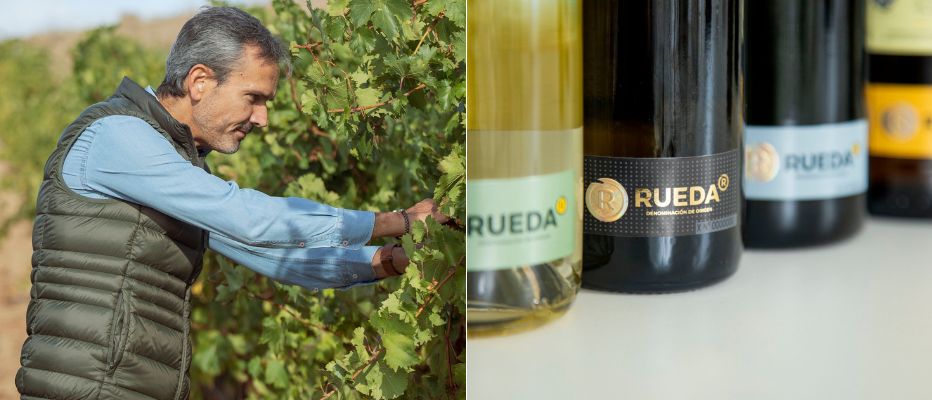
Image: Santiago Mora, head of Rueda’s governing body, says the region is now making wines in keeping with what consumers in its key European markets want – particularly the UK.
I would like to continue maintaining and improving the extraordinary quality of our wines. I advocate not losing sight of the origin, but being open to innovation. Betting on the D.O. Rueda as a guarantee, as a seal of the highest quality so that the consumer continues to prefer and recommend us. And, finally, continuing to convey that we are proud of what is ours, of our land, and for not losing sight of the importance of a D.O. like Rueda when it comes to settling the population in the territory and creating a sense of belonging.
Pick up an award-winning bottle of Rueda today to taste the commitment to quality bundled with a reflection of the terroir.
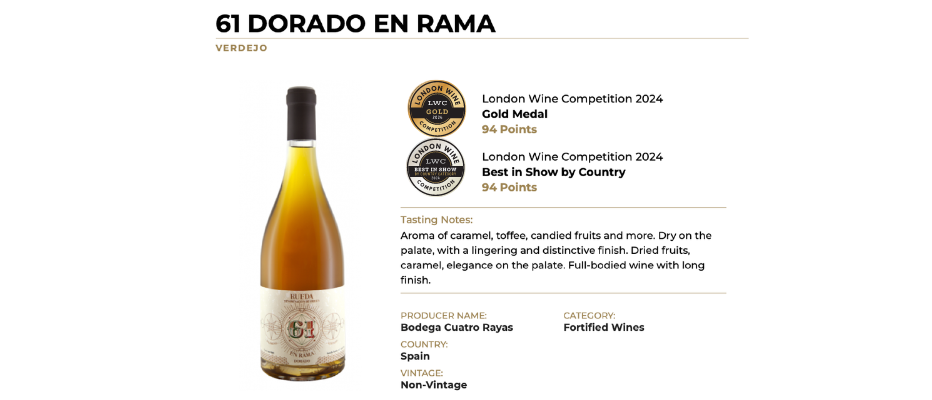
2024 London Wine Competition - 61 Dorado En Rama
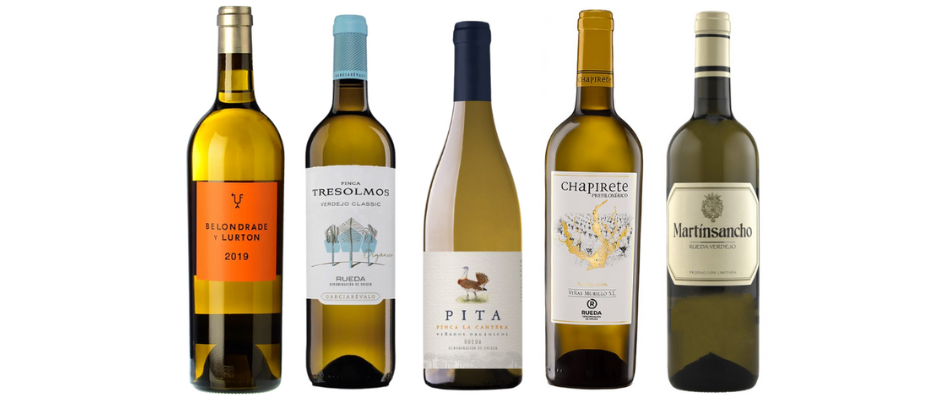
Image: (L-R) Belondrade and Lurton 2022, Garciarevalo 2014 Tres Olmos Verdejo, PITA Finca La Cantera, Chapirete Prefiloxerico and Martinsancho Verdejo
This is the winery’s flagship wine. A wine that comes exclusively from our organic estate Quinta San Diego. Each plot is harvested by hand, to ferment and age separately on its lees in French oak barrels. Spontaneous and controlled alcoholic fermentation. At the end of a 9-month aging on lees, a selection and an “assemblage” are made. The entire production is bottled at the same time and remains in the bottle for at least 5 months before being released to the market. This is a wine made to be consumed in the next 6 to 8 years, during which time it will show all its qualities. Average annual production of 100,000 bottles, also available in magnum, jeroboam (3 liters), and imperial (6 liters) formats.
The white wine Belondrade y Lurton is medium straw with some golden tinges. This is an intense, suggestive Verdejo. Notes of toast, spices, and balsam, alongside aromas of white fruit, citrus, hay, bitter herbs, and flowers over a subtle, exquisite, distinctive mineral background which is the mark of a great terroir.
2. Garciarevalo 2014 Tres Olmos Verdejo
White wine DO Rueda. Variety: Verdejo. Grapes from sandy soils, and using the cryomaceration system for its production. Straw yellow with greenish reflections and a very bright disc.
Noble aromas, very clean and defined: pear, pineapple, and rose petals that give way to the classic aniseed and fresh fennel nuance. Citrus hints. Soft and honeyed on the palate, with great fleshiness that pleasantly envelops the mouth and fills us with freshness, lively, nervous on the palate, and with a peculiar bitter finish loaded with the unique character of Verdejo. Very long persistence. Noble wine full of character that will delight the most demanding palates. Try it with strong-flavored fish such as bonito or salmon, or dare to do it with fine, not very strong cheeses. Serving temperature: between 8º and 10º C.
WINEMAKER’S NOTES Pale yellow in the glass with greenish highlights, clean and bright. On the nose, intense aroma dominated by citrus and hints of brioche, peach, and ripe fruits. Intense, complex attack in the mouth with a backdrop of fleshiness thanks to the volume achieved during aging, accompanied by a good presence of acidity to give it a long finish.
Light yellow in the glass, this wine has a nose of nectarine and Granny Smith apple with soft notes of herbes de Provence. It is richly textured, with flavors of Anjou pear, apricot, orange blossom, and hints of lavender and oyster shell mingling with gorgeous acidity. — Mike DeSimone (Wine Enthusiast)
With lots of viscous citrus essential oil, this is rich and mouth-filling in tangy lemon mode. Lovely contained tension, assertive acid drive and a touch of salt. Subtle lemon blossom character. - (Decanter)
As Rueda navigates the dynamic landscape of global wine markets, the steadfast leadership of Santiago Mora ensures that the region's rich legacy and innovative spirit are seamlessly intertwined. The emphasis on the aging potential of Verdejo and the meticulous craftsmanship behind Gran Vino de Rueda is a testament to Rueda's commitment to excellence. With a focus on sustainability and quality, Rueda is not only preserving its storied past but also paving the way for a future where its wines are celebrated worldwide. Santiago Mora's vision is clear: to make Rueda synonymous with unparalleled white wine quality and to leave an indelible mark on the world of wine.
In conversation with Malvika Patel, Editor and VP, Beverage Trade Network
Show your wines where it matters. Get your products tasted by top sommeliers, buyers and experts at the London Competitions — enter now.